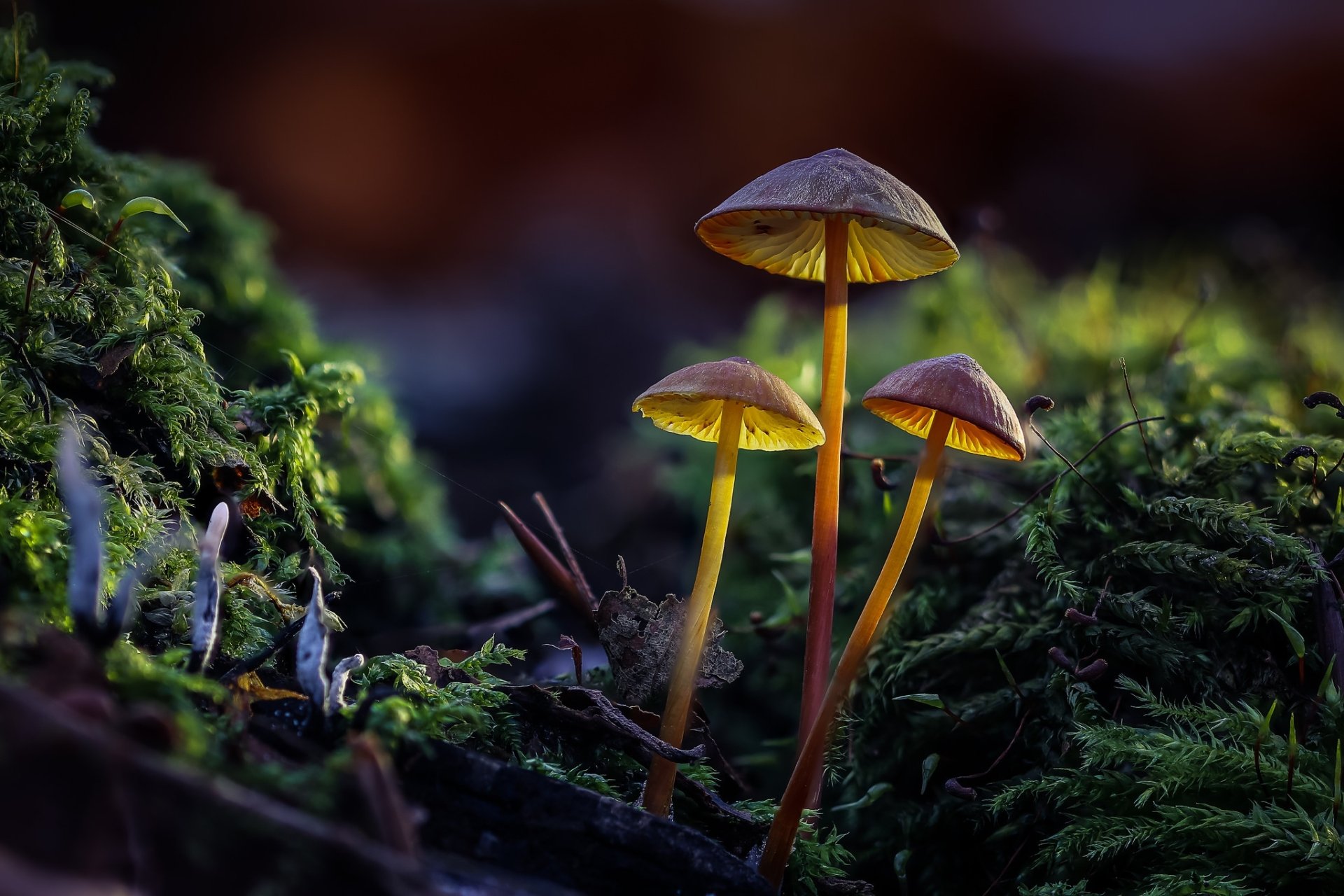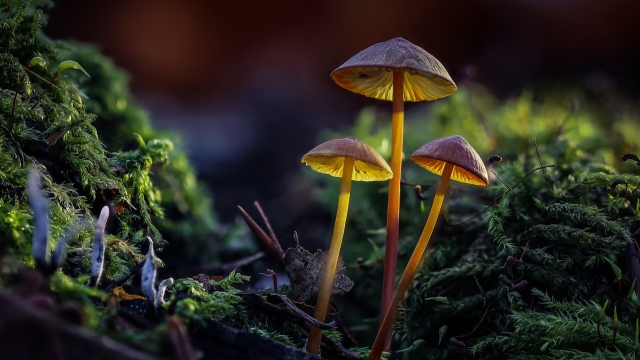
Mushroom cultivation, also known as mushroom growing, is an ancient practice that has captivated the imagination of people worldwide. With their unique shapes, earthy aromas, and rich flavors, mushrooms have been revered for centuries as a culinary delicacy and a potent source of medicinal benefits. More recently, the art of growing mushrooms has gained popularity as an accessible and rewarding hobby for individuals seeking to connect with nature and explore the wonders of mycology. In this article, we will delve into the fascinating world of mushroom growing, uncovering the secrets that enable enthusiasts to witness the extraordinary transformation of spores into a flourishing harvest. Whether you are a novice or an experienced cultivator, prepare to embark on a journey that will enable you to unlock nature’s hidden treasures and cultivate your very own bountiful fungi.
Choosing the Right Mushroom Varieties
When it comes to mushroom growing, selecting the right varieties plays a crucial role in determining the success of your cultivation efforts. The wide array of available mushroom species can be a little overwhelming, but fear not! In this section, we will explore some key factors to consider when choosing the perfect mushroom varieties for your cultivation project.
-
Climate and Growing Conditions: Different mushrooms have different environmental requirements for optimal growth. Some varieties thrive in cool temperatures, while others prefer warmer climates. It is important to research and choose mushroom species that are well-suited to the specific climate and growing conditions of your region. By matching the natural habitat requirements of the mushrooms with your cultivation environment, you can ensure a higher chance of successful growth.
-
Growth Speed and Yield: Another important factor to consider is the growth speed and yield of the mushroom varieties. Some species have a relatively quick growth cycle, allowing for faster harvests and quicker turnover. On the other hand, certain mushrooms may have a longer growth period but offer a higher yield per cultivation cycle. Depending on your goals and available resources, you can choose mushroom varieties that align with your desired timeline and productivity.
-
Market Demand and Personal Preference: While it’s important to consider the practical factors of cultivation, don’t forget to take into account the market demand and your personal preferences. Research the market trends and analyze the demand for different mushroom varieties in your area. This can help you target specific varieties that have a higher market value and greater potential for profitability. Furthermore, consider your own palate and culinary interests. Growing mushrooms that you personally enjoy can add an extra level of satisfaction to your cultivation journey.
By carefully considering the climate, growth characteristics, market demand, and personal preference, you can make informed choices when selecting the right mushroom varieties for your cultivation project. Remember, each variety has its own unique requirements and qualities, so take the time to explore and experiment with different species to uncover the secrets of successful mushroom cultivation.
Preparing the Growing Environment
The success of mushroom cultivation depends greatly on creating the optimal environment for their growth. Here are three key steps to consider when preparing the growing environment for your mushrooms.
-
Temperature and Humidity Control
Maintaining the right temperature and humidity levels is crucial for mushroom growth. Most varieties thrive in temperatures ranging from 55°F to 75°F (12°C to 24°C), while humidity levels should be around 70% to 90%. Installing a reliable temperature and humidity control system is vital to ensure consistent conditions for your mushroom cultivation. -
Sterilization and Cleanliness
To prevent contamination and ensure a healthy mushroom crop, it is essential to establish a sterile and clean environment. Sterilize all tools, equipment, and growing containers thoroughly to eliminate any potential contaminants. It is also important to keep the growing area clean and free from dirt, debris, and other sources of contamination. -
Proper Ventilation and Air Exchange
Mushrooms require proper air circulation to thrive. Ventilation helps control the accumulation of carbon dioxide, prevent the growth of harmful bacteria, and maintain optimal oxygen levels for the mushrooms. Creating a well-ventilated space with adequate air exchange contributes to the overall success of mushroom cultivation.
Taking adequate measures to prepare the growing environment sets a solid foundation for the healthy development of your mushrooms. Remember to focus on temperature and humidity control, maintain cleanliness and sterilization, and ensure proper ventilation and air exchange within the cultivation area.
Cultivating and Harvesting Mushrooms
In order to successfully cultivate and harvest mushrooms, there are several key steps to follow. Firstly, it is important to choose the right type of mushroom to grow, as different varieties have varying requirements and grow at different rates. Some popular options for cultivation include button mushrooms, oyster mushrooms, and shiitake mushrooms.
Once the type of mushroom has been selected, the next step is to create the ideal growing environment. Mushrooms thrive in dark, humid conditions, with a steady temperature and good air circulation. Many growers choose to cultivate mushrooms indoors using growing kits or trays filled with a mixture of compost and mushroom spawn.
The final and most satisfying step is the actual harvest of the mushrooms. This typically occurs when the caps are fully developed and the gills underneath have fully opened. Gently plucking the mushrooms from the substrate is the preferred method, ensuring that the mycelium network remains intact for future generations of mushrooms to grow.
With proper care and attention to these cultivation and harvesting techniques, anyone can enjoy the rewarding experience of growing their own delicious and nutritious mushrooms. The journey from spore to plate is a fascinating one, filled with learning opportunities and the satisfaction of successfully nurturing nature’s hidden fungi treasures.
